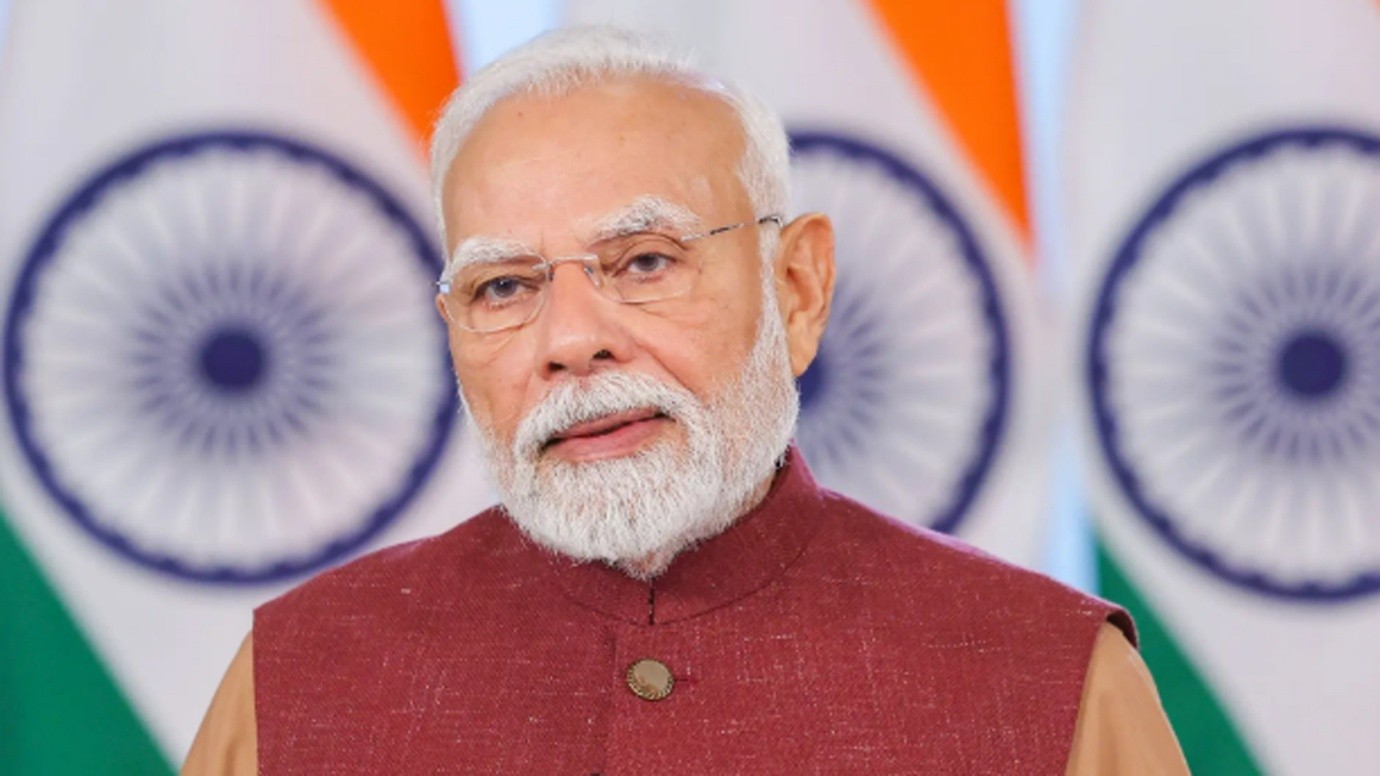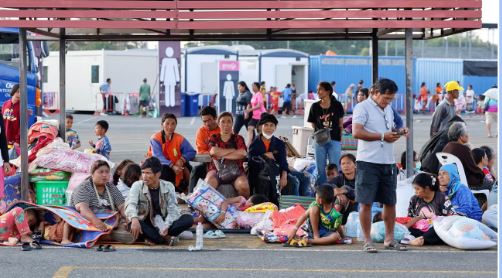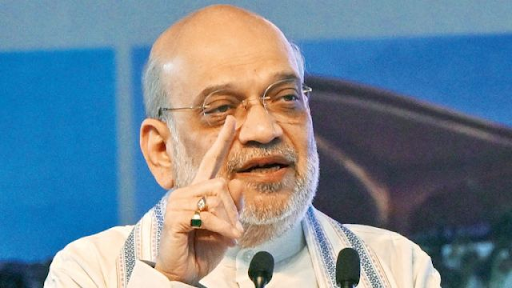Description
Context:
- The Supreme Court, while examining the constitutional validity of the Maratha reservation, said that it will look into whether the landmark 1992 decision in Indra Sawhney v Union of India needs to be revisited.
- The potential reconsideration of the 11-judge ruling, popularly referred to as the Mandal case, could alter the structure of reservations that has been in place for decades.
Why is the Supreme Court considering revisiting the Mandal case?
- A Constitution Bench headed by Justice Ashok Bhushan is currently hearing the challenge to the Maharashtra law providing quotas for Marathas in jobs and admissions in the state.
- While the Bombay High Court had upheld the constitutional validity of the quota, it said the quota should be reduced from 16% to 12-13%, as recommended by the State Backward Classes Commission.
- The ruling was challenged before a Supreme Court Bench, which referred it to a larger Constitution Bench.
- There are two main constitutional questions for the court to consider in the challenge to the Martha quota law.
- First, is whether states can declare a particular caste to be a socially and educationally backward class.
- The second is whether states can breach the 50% ceiling for “vertical quotas” set by the Supreme Court.
What is the Indra Sawhney case that the Bench has referred to?
- In 1979, the Second Backward Classes Commission (Mandal Commission) was set up to determine the criteria for defining the socially and educationally backward classes.
- The Mandal report identified 52% of the population at that time as Socially and Economically Backward Classes (SEBCs) and recommended 27% reservation for SEBCs in addition to the previously existing 22.5% reservation for SC/STs.
- In 1990, when the V P Singh led-government set out to implement the Mandal report, it was challenged in court amidst widespread protests against the move.
What did the verdict say?
- The court upheld the office memorandums that essentially implemented the Mandal report.
- The majority opinion said the executive orders mandating 27% reservation for backward castes were valid and that the reservation was made not just on the basis of caste but on the basis of objective evaluation of social and educational backwardness of classes, which is the criteria previously laid down by the court.
- To conclude, though prima facie the list of Backward Classes which is under attack before us may be considered to be on the basis of caste, a closer examination will clearly show that it is only a description of the group following the particular occupations or professions, exhaustively referred to by the Commission.
- Even on the assumption that the list is based exclusively on caste, it is clear from the materials before the Commission and the reasons given by it in its report that the entire caste is socially and educationally backward and therefore their inclusion in the list of Backward Classes is warranted by Article 15(4).
- The groups mentioned therein have been included in the list of Backward classes as they satisfy the various tests, which have been laid down by this Court for ascertaining the social and educational backwardness of a class.
- The landmark Indra Sawhney ruling set two important precedents.
- First, it said that the criteria for a group to qualify for reservation is “social and educational backwardness”.
- Additionally, the court also reiterated the 50% limit to vertical quotas it had set out in earlier judgements in 1963 (M R Balaji v State of Mysore) and in 1964 (Devadasan v Union of India), reasoning that it was needed to ensure “efficiency” in administration.
- The court said this 50% limit will apply — unless in “exceptional circumstances”.
- While the social and educational backwardness criteria stemmed from interpretation of various constitutional provisions, the 50% limit is often criticised as being an arbitrary limit.
How does the Maratha reservation relate to the Indra Sawhney case?
- Based on the 102nd Amendment to the Constitution, which gives the President powers to notify backward classes, the court will have to look into whether states have similar powers.
- Since this power flows from the Constitution, whether the President is still required to comply with the criteria set by the Supreme Court in the Mandal case.
- The relevance of the Indra Sawhney criteria is also under question in another case in which the validity of the 103rd Amendment has been challenged.
- The 103rd Amendment, passed in 2019, provides for 10% reservation in government jobs and educational institutions for the economically weaker section in the unreserved category.
- Additionally, with the implementation of the Maharashtra law, the vertical quota in the state could go up to 68% which was earlier 52% before the passing of the law.
Have any other states breached the 50% ceiling before?
- States have breached the 50% ceiling before and intend to bring more reservation.
- The Tamil Nadu Backward Classes, Scheduled Castes and Scheduled Tribes (Reservation of Seats in Educational Institutions and of Appointments or Posts in the Services under the State) Act, 1993, reserves 69% of the seats in colleges and jobs in the state government.
- However, this was done by amending the Constitution, to place the law in the Ninth Schedule after the Indra Sawhney judgment.
- The Ninth Schedule provides the law with a “safe harbour” from judicial review under Article 31A of the Constitution.
- Laws placed in the Ninth Schedule cannot be challenged for reasons of violating any fundamental right protected under the Constitution. However, when the Tamil Nadu law was challenged in 2007 (I R Coelho v State of Tamil Nadu), the Supreme Court ruled in a unanimous 9-judge verdict that while laws placed under Ninth Schedule cannot be challenged on the grounds of violation of fundamental rights, they can be challenged on the ground that it violates the basic structure of the Constitution.
- A later Bench was to decide whether the Tamil Nadu law itself (breaching the 50% ceiling) violates basic structure, based on the I R Coelho verdict. The Bench has not yet been set up.
https://indianexpress.com/article/explained/supreme-court-maratha-reservation-case-quota-system-india-7220033/








